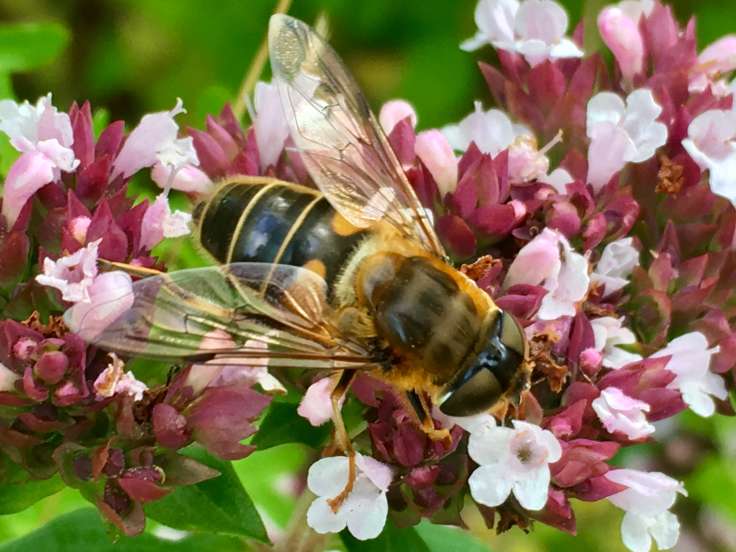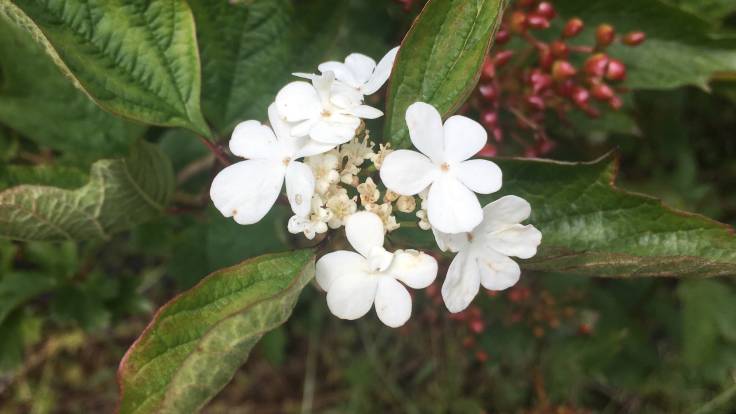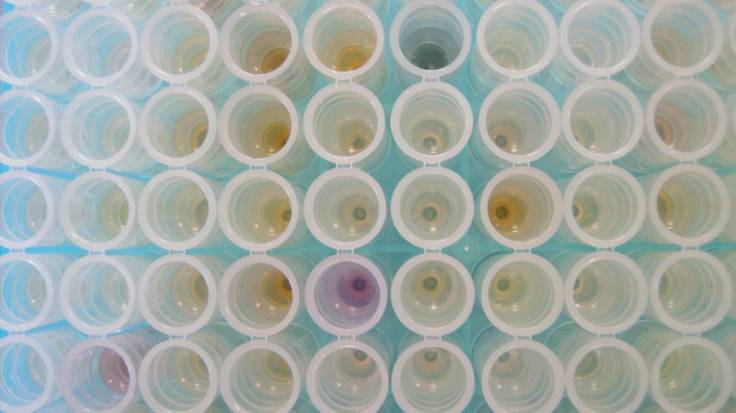
Hoverflies are crucial wild pollinators
Abigail Lowe at the Botanic Garden Wales is researching which are the most beneficial flowers to plant for hoverflies and other wild pollinators
On a recent visit to Botanic Garden Wales, I met up with Abigail Lowe, a PhD student with the Garden’s Science Team who is continuing the critical research into which flowers pollinators prefer, focussing on the role of hoverflies.
As a wildlife forest gardener, this information is invaluable when choosing plants. The Garden has already published advice on the top spring native and garden flowers for honey bees and Abigail’s research is extending this to the overlooked role of wild pollinators. Having read Benjamin Vogt’s A New Garden Ethic, combined with the Database of Insects & their Food plants, I really believe that you should endeavour to use native plants where possible, so as to strengthen local ecosystems and benefit all wildlife.

Guelder Rose is a very ornamental and native plant which is fabulous for medium-sized windbreaks
A great number of forest garden favourite species are non-native but there is always the opportunity to use natives in supporting roles if not for direct harvest, what are called ‘system plants’. For example, I’ll use a mixed hedge of nitrogen-fixing Autumn Olive combined with the native Guelder Rose.
For the past couple of years, Abigail has collected monthly data by counting and collecting hoverfly species from two transects across different environments, as well as leading volunteers in floral availability surveys.

A DNA extraction plate for the Botanic Garden’s DNA barcoding work
The extracted pollen is sent to Liverpool to be sequenced in bundles of 192 samples. Six weeks later, the data is manually cleaned and then crunched on a university HPC supercomputer and compared against the Barcode Wales project of all native flowering plants and a flowering plant subset of the gargantuan GenBank sequence database.
What is unique about the Garden’s situation is that it houses a huge range of ornamental, non-native plants whilst being located in the midst of the rural Twyi valley in Carmarthenshire. Given the Smörgåsbord of native and non-native flowers, the question is which flowers do the hoverflies prefer to forage on?
I’m afraid you’ll have to wait until the end of 2020 to find out! Abigail is currently analysing all the data and writing it up into her paper, which has to be submitted and peer-reviewed before being published. Keep an eye out on the Garden’s blog.